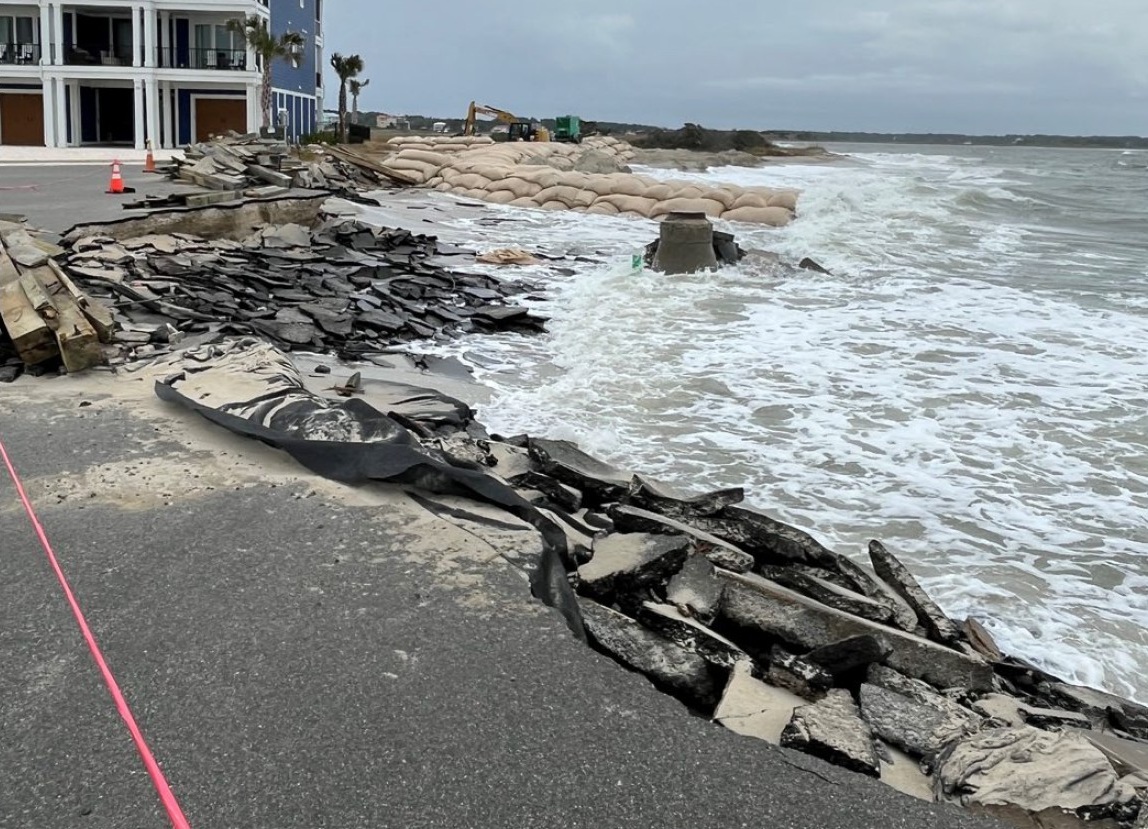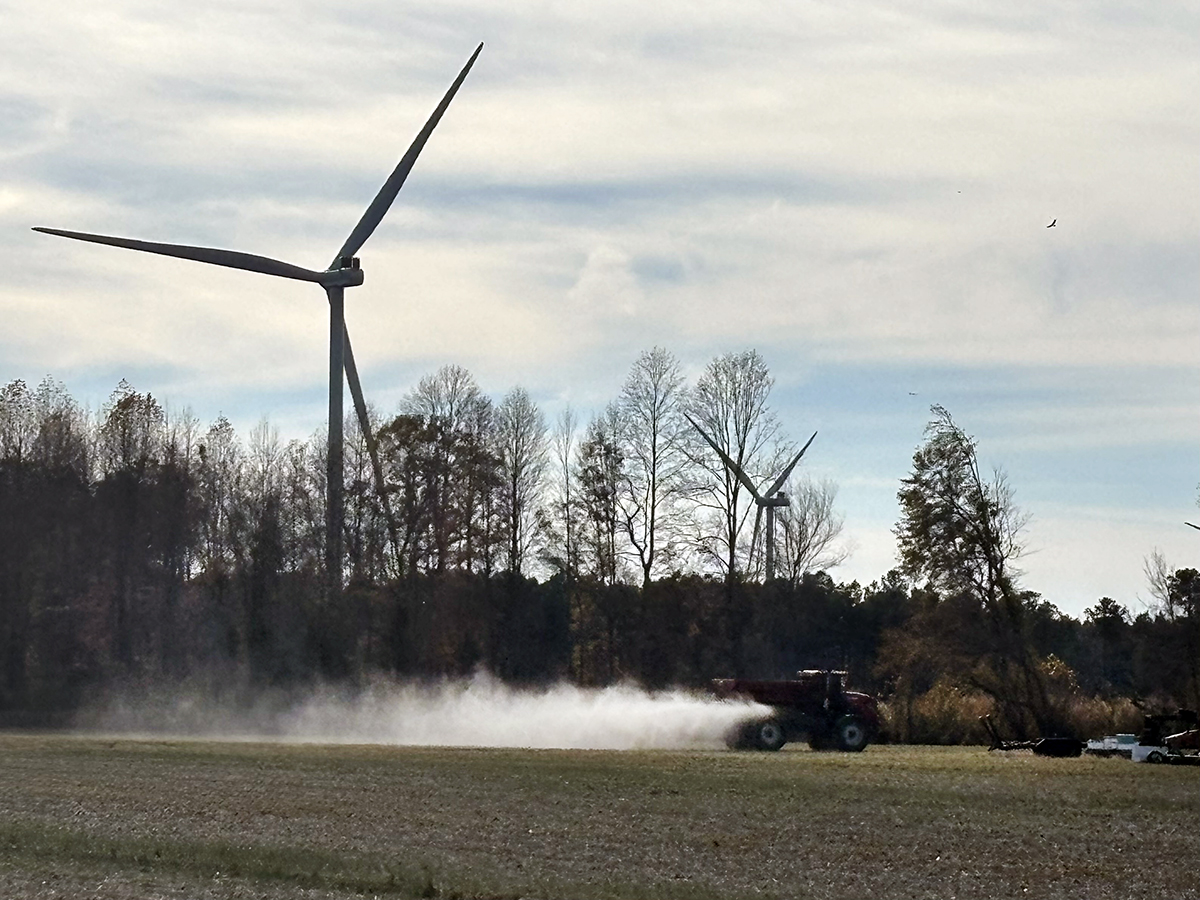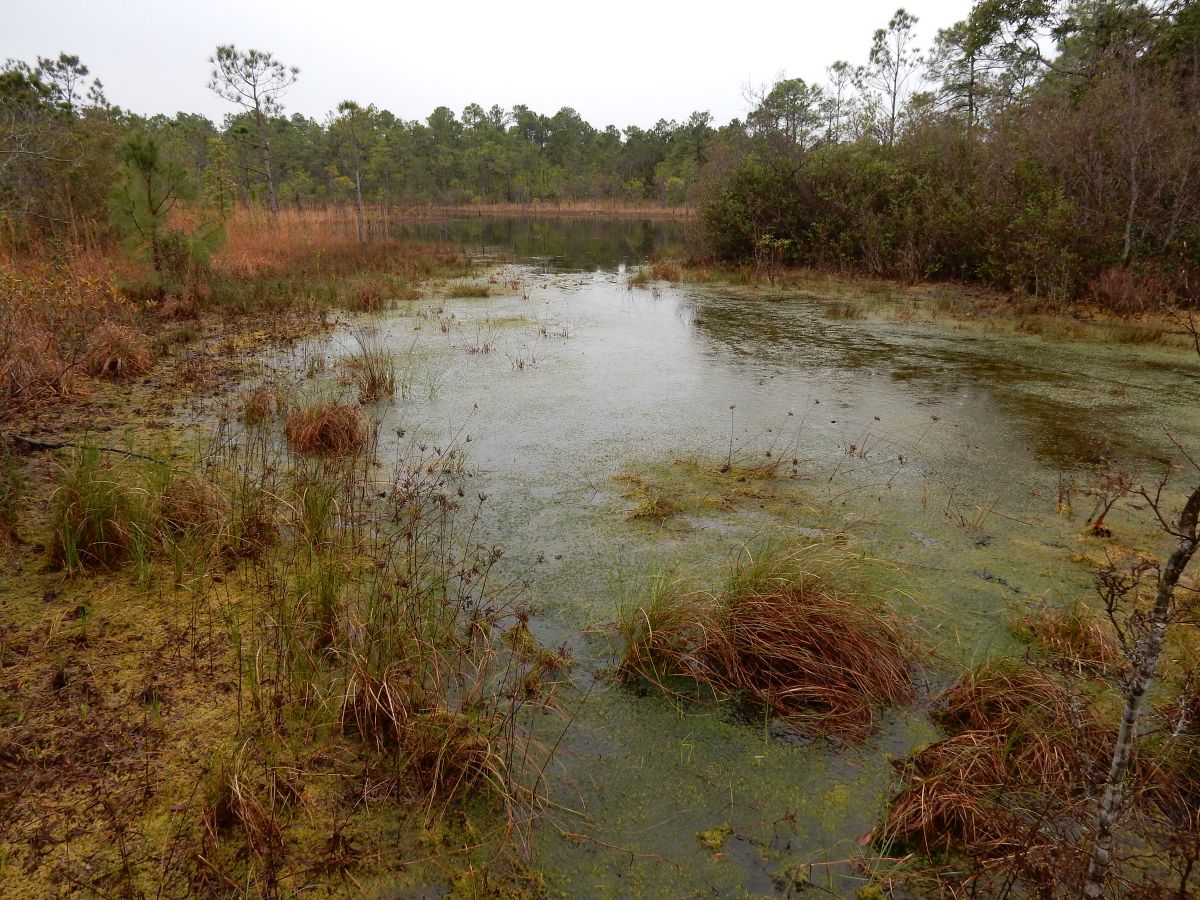
Plants on land are increasingly absorbing more carbon, while Earth’s oceans are taking in and storing less, according to a study released earlier this month.
The study published Aug. 1 in Nature Climate Change found a strong upward trend of global photosynthesis on land between 2003 and 2021.
Supporter Spotlight
That trend, however, is partially offset by a decline in photosynthesis occurring in oceans.
“At the global scale, if we put land and ocean together, it shows an enhanced photosynthesis, so that means, currently, our nature ecosystem is still showing an ability to absorb more carbon dioxide in the atmosphere,” said Yulong Zhang, a research scientist at Duke University’s Nicholas School of the Environment and primary author of the study. “Overall, this is encouraging news.”
That’s because, as the climate is warming, the system of plants, animals and microorganisms that referred to as the land ecosystem, still functions as a potential carbon sink to offset the carbon dioxide in the atmosphere, he said.
Plants on land and algae in oceans absorb carbon dioxide through photosynthesis, a crucial process that uses sunlight to create the base of the food chain.
But, it should be noted, Zhang said, that photosynthesis is a driver of carbon cycles because the ecosystem, like humans, can breathe out CO2.
Supporter Spotlight
Scientists have largely studied the net primary production, or the rate at which plants and phytoplankton store energy and make it available to animals, by focusing their research on either the land or sea.
Zhang primarily focused his research on the land until this study, one that treats both the land and ocean as two components of one global system and how those parts, together, are responding to climate warming through photosynthesis.
To conduct their study, the team of researchers used sets of data collected from satellites and large-scale climate information to create models to try and simulate various environmental factors, such as air and water-surface temperature, light and precipitation.
Scientists then compared year-to-year fluctuations in photosynthesis with the long-term trends on land and, separately, in oceans. The research team included scientists with the University of Iowa, Oak Ridge National Laboratory in Tennessee, University of New Hampshire, University of North Carolina Chapel Hill, and U.S. Forest Service.
“We found that, globally, the photosynthesis on land showing a strong increasing trend in the past 18 years from 2003 to 2021,” Zhang said. “But, by contrast, the ocean just shows a weak, declining trend.”
The rate at which plants on land store energy and make it available to animals during that 18-year span increased 0.2 billion metric tons of carbon per year, except in the tropics of South America.
During that same time, marine net primary production declined by about 0.1 billion metric tons of carbon per year, with strong declines occurring largely in tropical and subtropical seas, especially in the Pacific Ocean.
The trends show that during those 18 years global net primary production increased at an overall rate of 0.1 billion metric tons of carbon per year.
The changing trend of the land and the ocean are not uniform at the regional scale.
In tropical seas, scientists have found a large-scale decline in photosynthesis.
That’s a worrying pattern, Zhang said, because that decline equates to a decrease in energy that is provided to fish.
“So, the fishery in the tropical ocean may show a decline and it may particularly have influence on the local fisheries and also the economics for the tropical countries,” he said.
What remains unanswered is the question of what happens if this trend continues. Will the decline our oceans’ ability to absorb carbon continue and, if so, how long can the land ecosystem potentially make up for the declines?
To get answers, that will require “us to do long-term, coordinated monitoring of both land and ocean ecosystems as integrated components of our Earth,” Zhang said.








